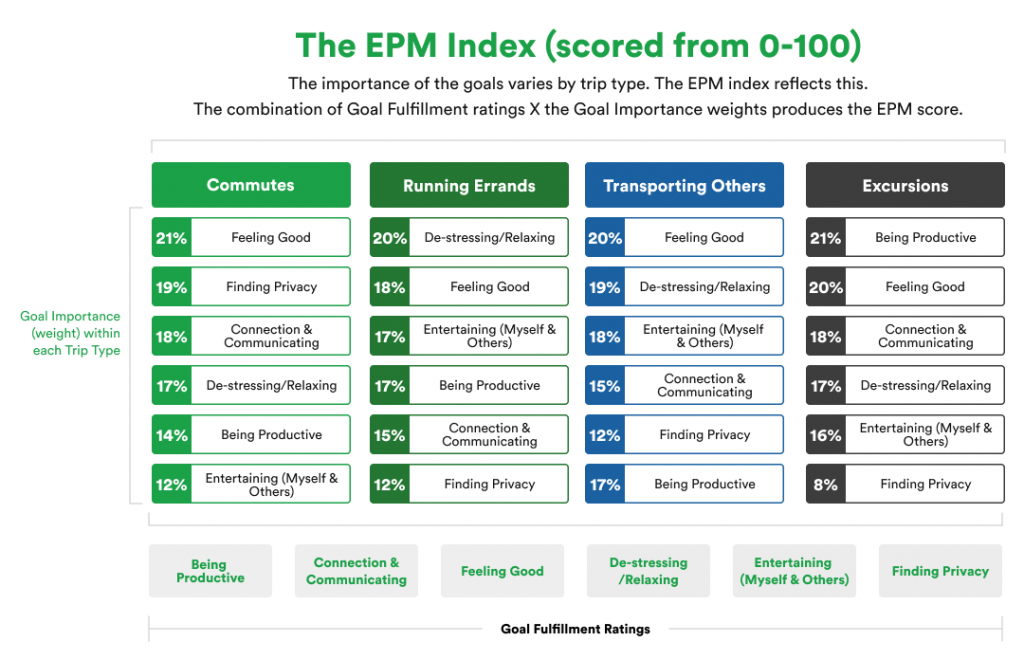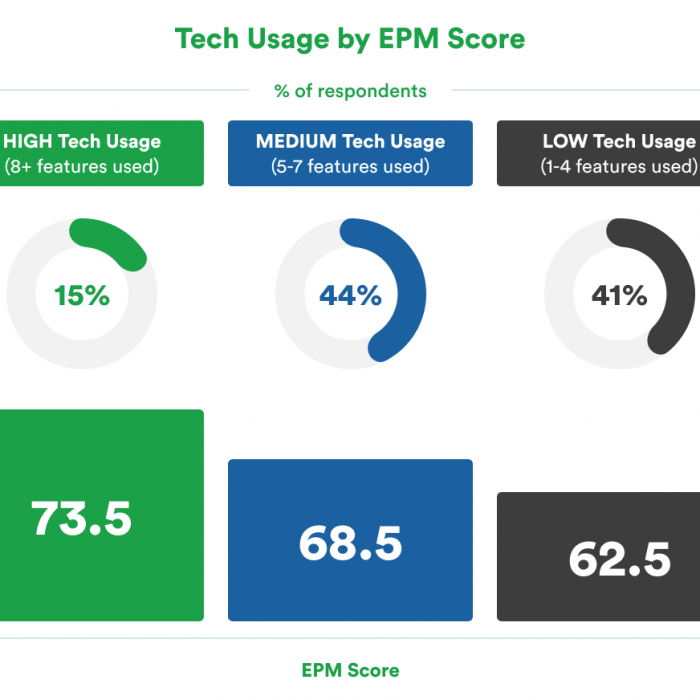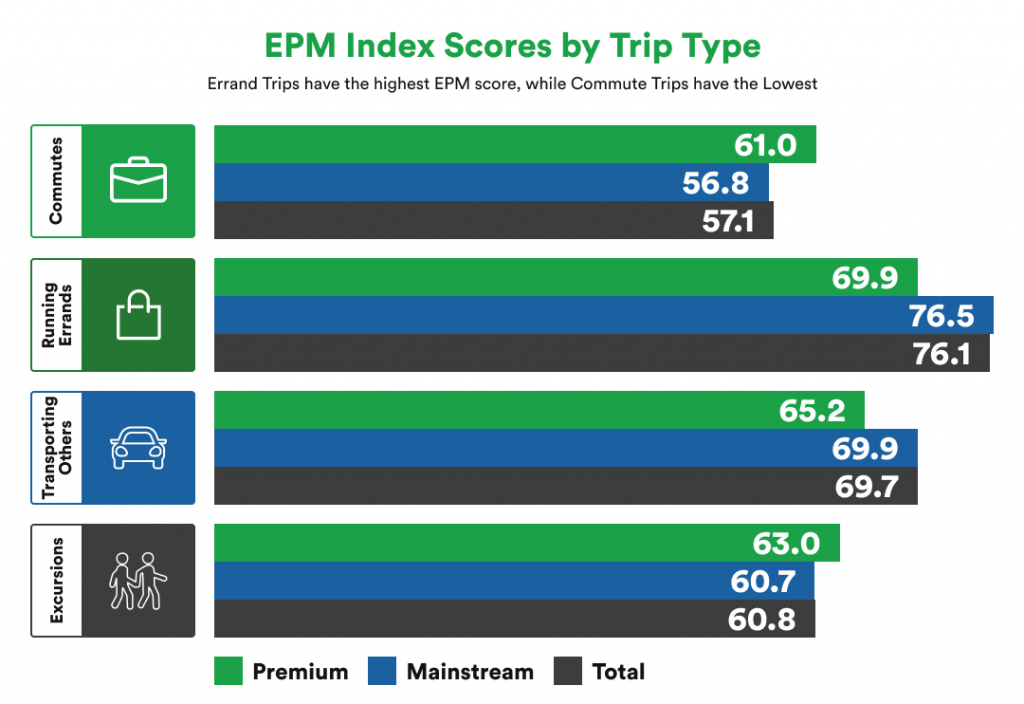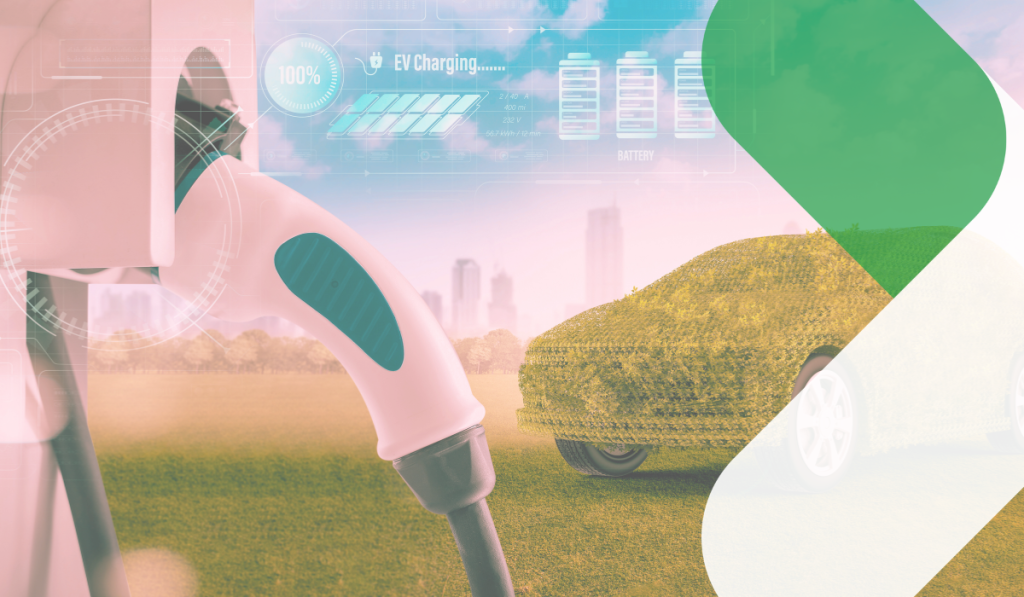
AI-Powered LiDAR: A New Era of Perception
How AI and ML enhance LiDAR technology by overcoming data processing challenges, enabling advanced applications in autonomous systems, robotics, and 3D mapping, and more.
As customers concentrate more on connectivity-focused technologies to elevate in-cabin experiences, the Experiences Per Mile Advisory Council, formed initially by HARMAN and SBD Automotive, is studying it.
A recent EPM Advisory Council and IPSOS study looked at the value of creating a new experience-based metric for the automotive industry—the EPM Index.
In this article, we’ll provide an overview of the EPM Index and how its potential adoption will affect automotive software development.
In contrast to other indexes that focus on the quality of car features and functions and user satisfaction, EPM is essentially an alternative and actionable metric designed to assess the vehicle’s ability to provide enhanced driving experiences (from the customer’s point of view).
It’s important as automotive consumers are searching for new ways to connect their world, both inside and outside the automobile. So, it’s not hard to imagine consumers measuring a vehicle’s worth based on the experiences it can provide.
For example, imagine car shopping and asking to look at automobiles that had the highest EPM index rating for “excursions?” As an activity that boasts road trips with family and friends, this new metric could be a valuable guide for customers who share the same passion.
In the study, all participants shared their goals for a given trip, whether those goals were met, how they were met, and their overall rating of the journey. By gaining general knowledge from the study, the council aims to evaluate the viability of the EPM Index as a future measurement and methodology.
The study’s key findings are as follows:
The most significant finding of this study is that drivers have a variety of trip goals. The prioritization of these goals differs based on the type of journey they are about to embark on.
When starting their car-buying journey, users now have different trips in mind. For example, automotive consumers think about their travels like dropping off the kids at school or soccer practice or driving out of town for a business meeting.
In this case, whatever vehicle they buy must be highly adaptable to accommodate their varying demands based on the journey they have planned for the day. The study found that accomplishment or fulfillment realized is strongly correlated to the trip’s goals. This had a massive impact on the overall trip rating.

The researchers found a clear pattern between higher EPM scores and more technologies used by the driver inside the vehicle—fewer technologies used in the car translated into a lower EPM score.
It’s apparent that consumers achieve their trip goals using technology. In the same vein, the development of an EPM index to differentiate vehicle make and models across trip types is feasible.
When there was a high use of technology in the vehicle with over eight features, the EPM index rating was 73.5. Conversely, low technology use with one to four features had an EPM index score of 62.5.
These tech features include:

Original equipment manufacturers can potentially drive EPM index ratings by teaching customers how to use the tech features inside the vehicle. This, in turn, can help drive in-car experiences and EPM index ratings.
The EPM index could also help drive electric vehicle (EV) adoption as consumers focus on environmental causes and climate change. This, together with in-cabin technologies, can revolutionize this space.
Research also provides an opportunity to analyze the impact of each tech feature of the EPM index. By narrowing it down to the most effective technologies that help consumers achieve their trip goals, manufacturers can improve ownership experiences.
To maintain a competitive advantage, auto manufacturers must start thinking about in-car experiences. For example, to run errands, consumers want to listen to some good music, and not much else as their trip goals are outside the vehicle. However, we can’t say the same about a 4×4 used for an excursion.
Out of the automotive consumers looking for premium (61%) or mainstream (59%) experiences, the majority that demanded higher EPM index scores were female. The average age group was also 58 for premium experiences and 57 for mainstream experiences.

All this suggests that automotive manufacturers must take a multipronged approach. They should consider amending their target profiles to include EPM indexes when they design and build new vehicles. Older consumers may also require encouragement and training to get the most out of in-cabin technologies.
Furthermore, as web3 technologies emerge, manufacturers will also have to consider the future demands of consumers. However, as this space evolves and gets more sophisticated, it’s best to involve a third-party automotive software development provider. This is because they can focus on the software and driver experiences while the manufacturer focuses on the hardware.
This approach ensures that EVs will be made well both mechanically and electronically while the third-party provider focuses solely on enhancing in-cabin experiences.

How AI and ML enhance LiDAR technology by overcoming data processing challenges, enabling advanced applications in autonomous systems, robotics, and 3D mapping, and more.

Offering insights into how the latest AI advancements will impact consumers, manufacturers, and the broader environment in 2025 and beyond.

Showcasing the environmental and economic benefits of integrating sustainable materials and robust recycling practices into the automotive value chain.